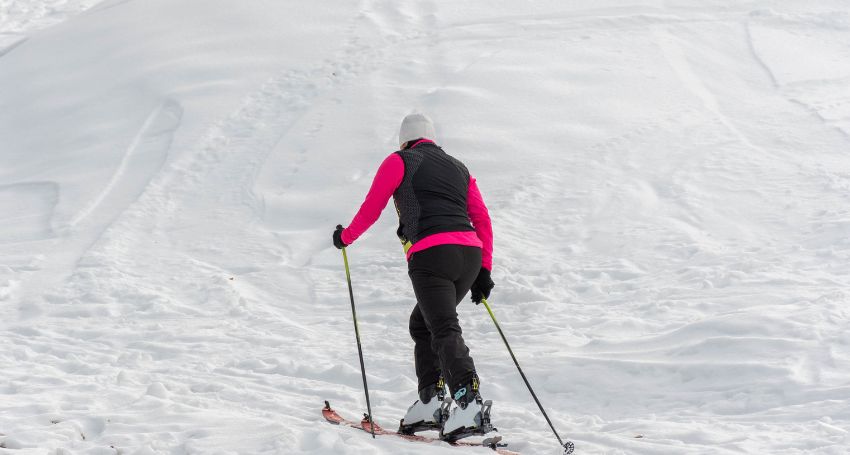
How to Parallel Ski for Beginners: A Complete Step-by-Step Guide
October 10, 2025 | Skiing Technique
For many novice skiers, mastering how to parallel ski for beginners marks a major milestone in their development on the slopes. This technique represents the transition from the basic snowplough turn to a more fluid, dynamic, and efficient style of skiing.
At Find a Ski School, our aim is to help beginners progress with confidence through expert-led tuition and structured practice sessions. This detailed guide outlines each phase of the learning process, from understanding balance and edge control to maintaining speed and rhythm on steeper gradients.
Understanding the Parallel Ski Technique
Before focusing on execution, it is important to understand the parallel ski technique itself. In contrast to the wedge-shaped snowplough stance, parallel skiing involves keeping both skis side by side throughout the turn. This technique promotes enhanced balance, smoother transitions, and greater control over speed and direction.
When performed correctly, parallel skiing enables:
- Improved rhythm and fluidity across turns
- Reduced strain and fatigue on the legs
- Enhanced precision on varied terrains
- A foundation for intermediate and advanced performance
Step-by-Step: How to Learn Parallel Skiing
1. Begin on Gentle Slopes
Start on a wide, gentle slope where you can focus entirely on your form without the pressure of managing steep gradients. Apply the balance and turning principles learned in your beginner ski lessons.
Gradually reduce the angle of your snowplough as you initiate turns, allowing your skis to move closer together by the end of each turn. This gradual adjustment forms the basis of how to learn parallel skiing effectively.
2. Focus on Weight Transfer
Your lower body, not your upper body, controls your turns. When initiating a turn:
- Transfer your weight to the outside ski (the one facing downhill).
- Maintain a soft bend in your knees and ensure your upper body remains oriented down the slope.
- Allow your legs to guide your skis naturally through the arc of the turn.
This controlled weight shift is essential to building stability and maintaining smooth directional changes.
3. Bring Your Skis Parallel
Initiate a turn in a snowplough stance, then as you complete it, bring your skis parallel. This stage is known as the plough-parallel transition. Repetition will develop muscle memory, allowing you to maintain parallel skis throughout the full duration of each turn.
4. Manage Speed and Rhythm
A crucial element in skiing progression for beginners is speed management. Rather than using abrupt braking techniques, rely on smooth, rounded turns to regulate pace.
Apply gentle pressure to your ski edges at the end of each turn and maintain a consistent rhythm from one turn to the next. This rhythm is the hallmark of controlled skiing.
Ready to refine your ski turns? Book your beginner ski lesson today with Find a Ski School and receive instruction from qualified professionals near you.
5. Practise Parallel Skiing Drills
Incorporating targeted exercises helps refine the parallel skiing technique:
- Side Slips: Keep your skis parallel while allowing them to slide gently downhill.
- Garlands: Perform half turns uphill and return to your starting position to strengthen edge awareness.
- Javelin Turns: Lift one ski slightly across the other during a turn to enhance coordination and balance.
These parallel skiing drills are fundamental for building the confidence and control required for intermediate skiing.
6. Perfect Edge Control and Alignment
Effective edge control derives from subtle movements of the knees and ankles rather than the upper body. Roll your knees slightly inwards to engage the ski edge and release by rolling outward. Keep your torso facing downhill to ensure a natural turning motion and stable momentum.
7. Observe Ski Slope Etiquette
As you progress, understanding ski slope etiquette becomes increasingly important for safety and consideration of others. Key principles include:
- Always giving priority to skiers below you
- Stopping only at the sides of pistes
- Regulating your speed in crowded zones
- Respecting designated trail markings and boundaries
Following these rules ensures a safer and more enjoyable experience for everyone on the slopes.
8. Control Speed on Steeper Slopes
When advancing to more challenging terrain, controlling speed on steep slopes becomes essential. Focus on:
- Executing shorter, quicker turns to manage pace
- Applying even pressure on your edges
- Maintaining a central body position to avoid leaning backwards
These adjustments allow for precise control and improved confidence on advanced pistes.
9. Enrol in Professional Ski Lessons
Although independent practice is beneficial, professional instruction significantly accelerates progress.
Structured ski lessons for beginners provide:
- Immediate feedback on technique
- Enhanced safety on varied terrains
- Progressive skill development
- Improved overall confidence and enjoyment
At Find a Ski School, you can connect directly with qualified ski instructors who personalise lessons according to your ability level and goals.
Parallel Skiing Tips for Beginners
Keep these principles in mind during every session:
- Maintain soft knees for better absorption of terrain changes.
- Look ahead, not down at your skis, to maintain direction.
- Stay relaxed to allow your body to move naturally.
- Use ski poles for timing rather than balance.
- Practise consistently; mastery requires repetition and patience.
Start your journey from snowplough to confident parallel turns with Find a Ski School. Connect with expert instructors today!
Frequently Asked Questions (FAQs)
1. How long does it take to learn to parallel ski?
Most beginners can achieve controlled parallel turns within three to five days of consistent practice or structured tuition, depending on balance, coordination, and lesson frequency.
2. Is parallel skiing more difficult than snowploughing?
Initially, yes. It demands refined balance and edge control. However, once learned, it becomes a more natural, efficient, and enjoyable way to ski.
3. Which slopes are best for practising parallel skiing?
Opt for gentle green runs with wide spaces and minimal traffic. Avoid steep or icy conditions until your confidence and technique improve.
4. Can parallel skiing be learned without an instructor?
While self-practice is possible, learning under professional supervision ensures correct form, safety, and faster progression in your skiing development for beginners.
5. How can I manage my speed when skiing parallel?
Use your ski edges to control pace, complete each turn fully, and maintain centred posture. These techniques help ensure smooth and safe speed management.
Conclusion
Learning how to parallel ski for beginners is a vital stage in developing confidence and precision on the slopes. With patience, regular practice, and expert instruction from Find a Ski School, you can advance from cautious snowplough turns to elegant, controlled parallel skiing, transforming both your skill and enjoyment on the mountain.
More Posts
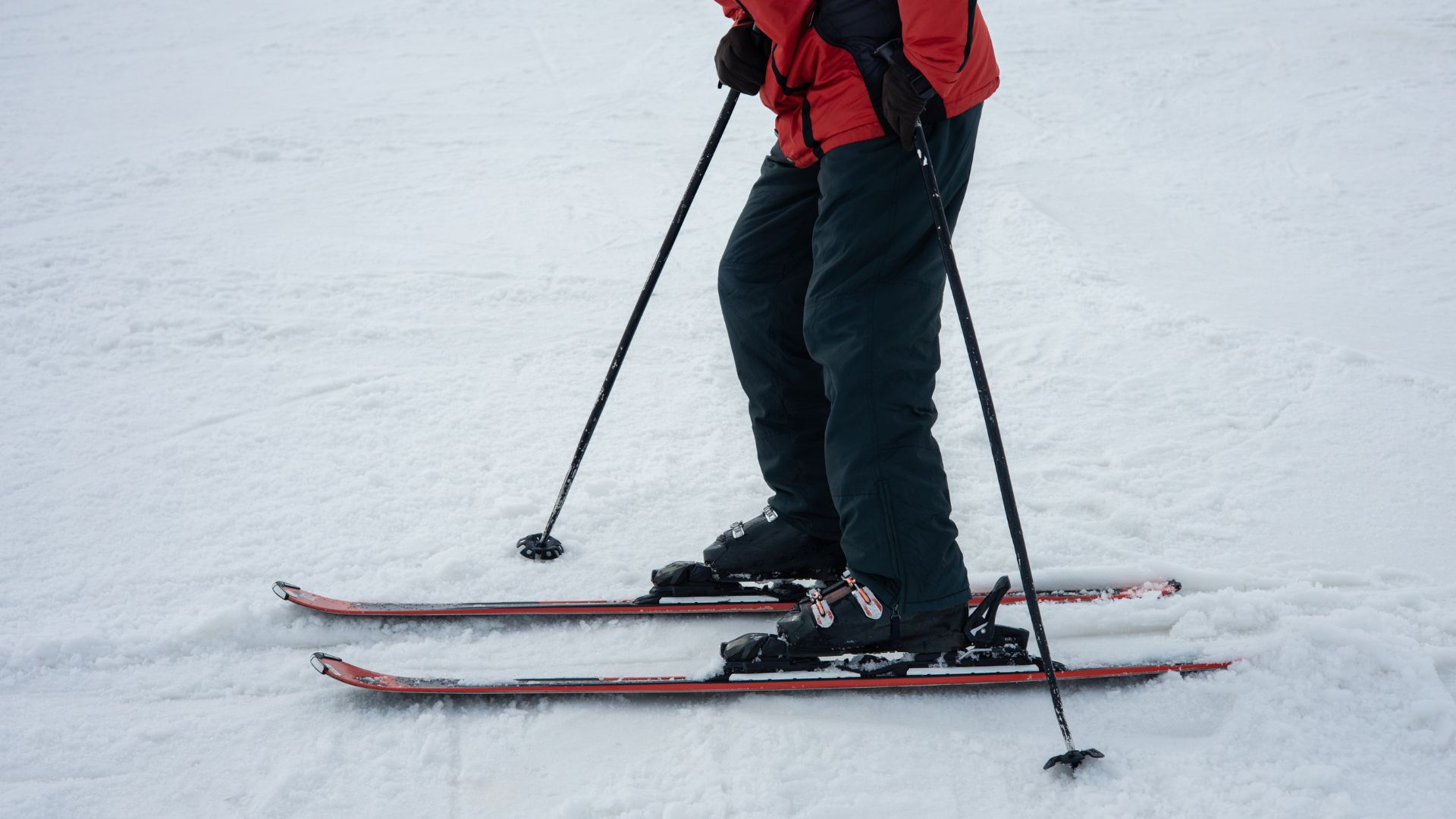
How to Parallel Ski: Master the Essential Technique
If you’ve ever admired experienced skiers gliding effortlessly down a slope, both skis perfectly aligned,...
read More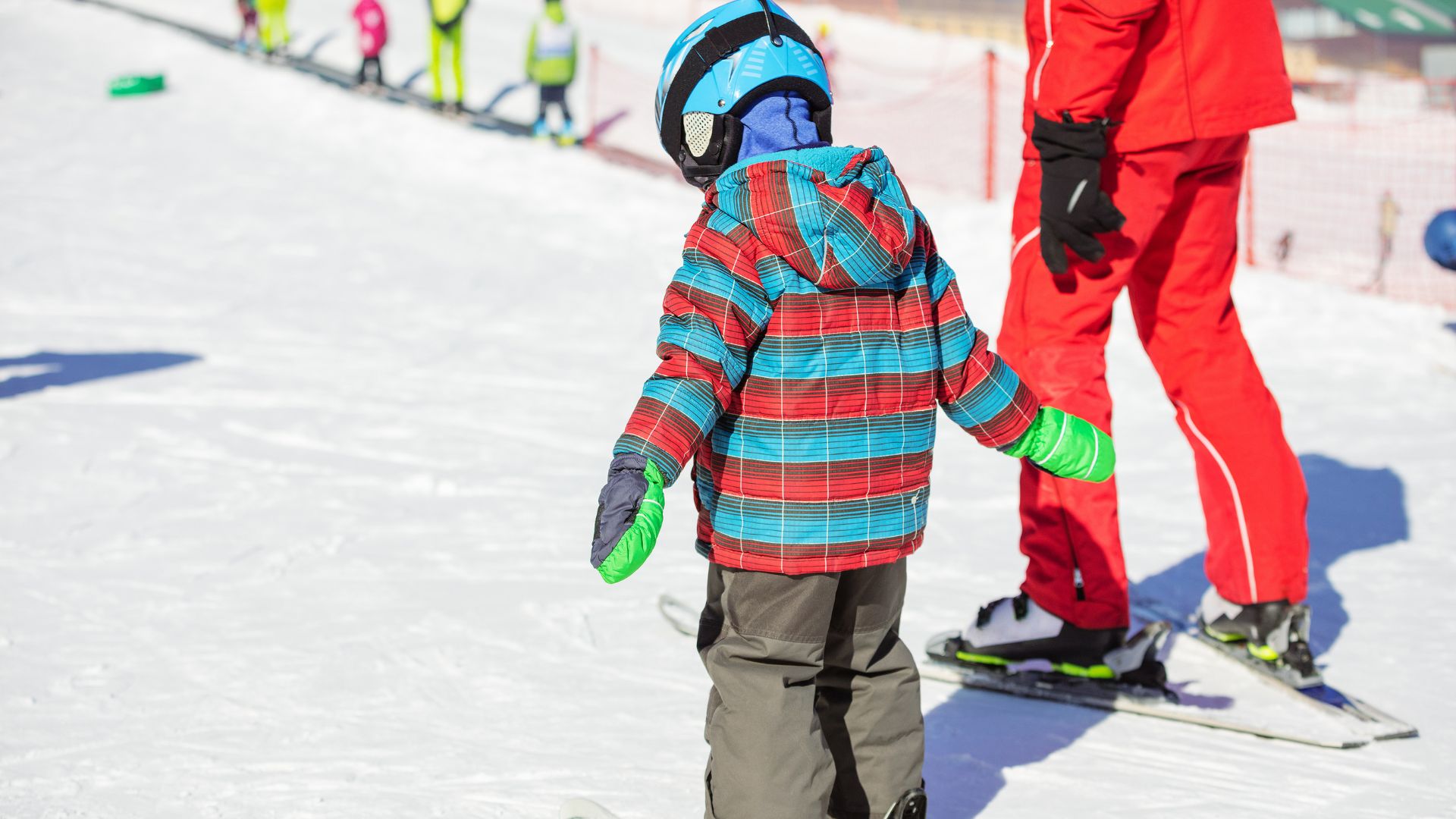
How to Teach Kids to Ski: A Complete Parent’s Guide
Skiing is a magical winter sport that can bring families closer together and create lifelong...
read More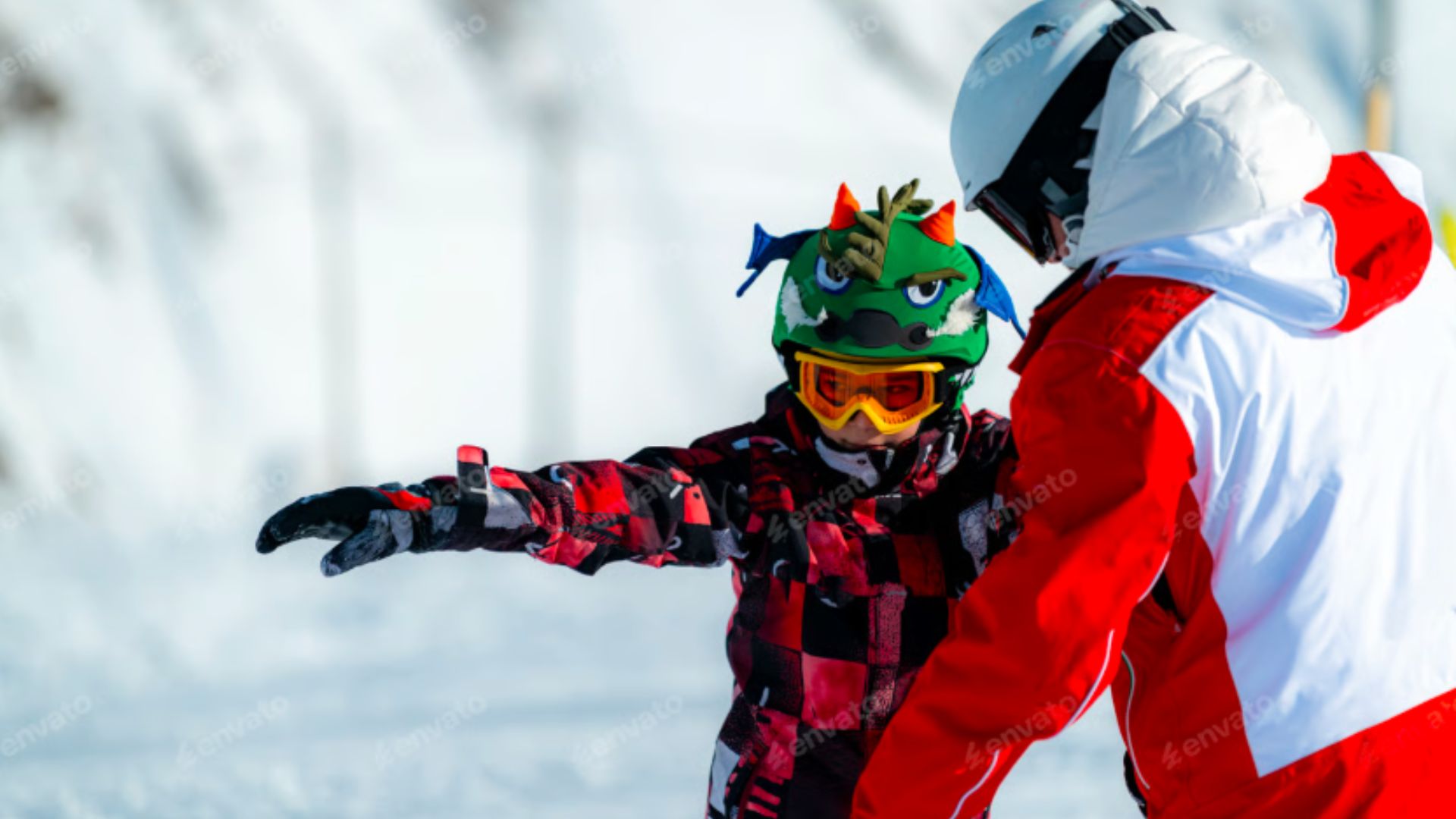
Ski Teaching Techniques: Mastering the Art of Ski Instruction
Teaching skiing is more than guiding someone down a slope—it’s about using ski teaching techniques...
read More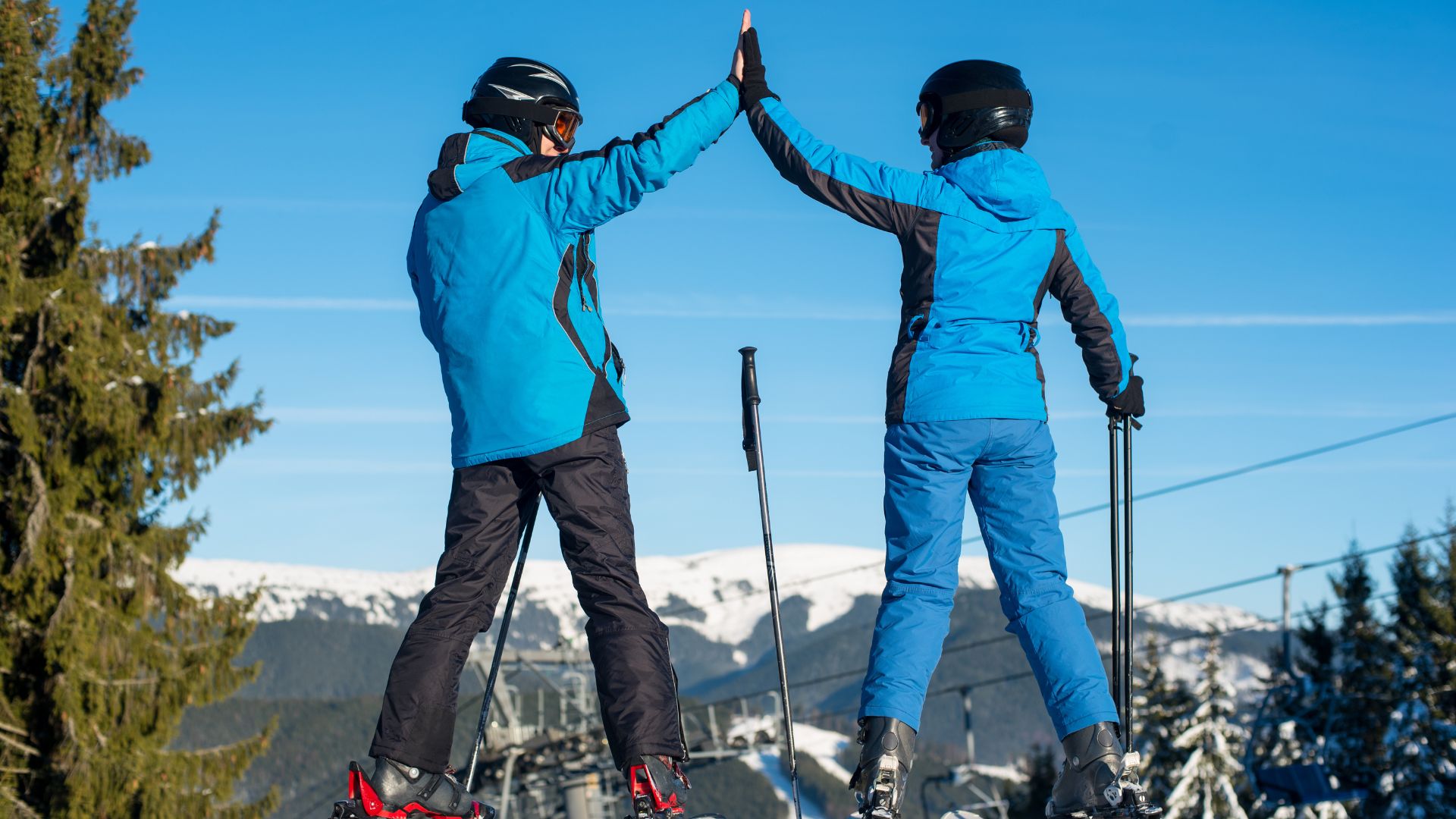
How to Become a Private Ski Instructor and Build Your Career on the Slopes
If you’ve ever dreamed of turning your passion for skiing into a career, you’ve probably...
read More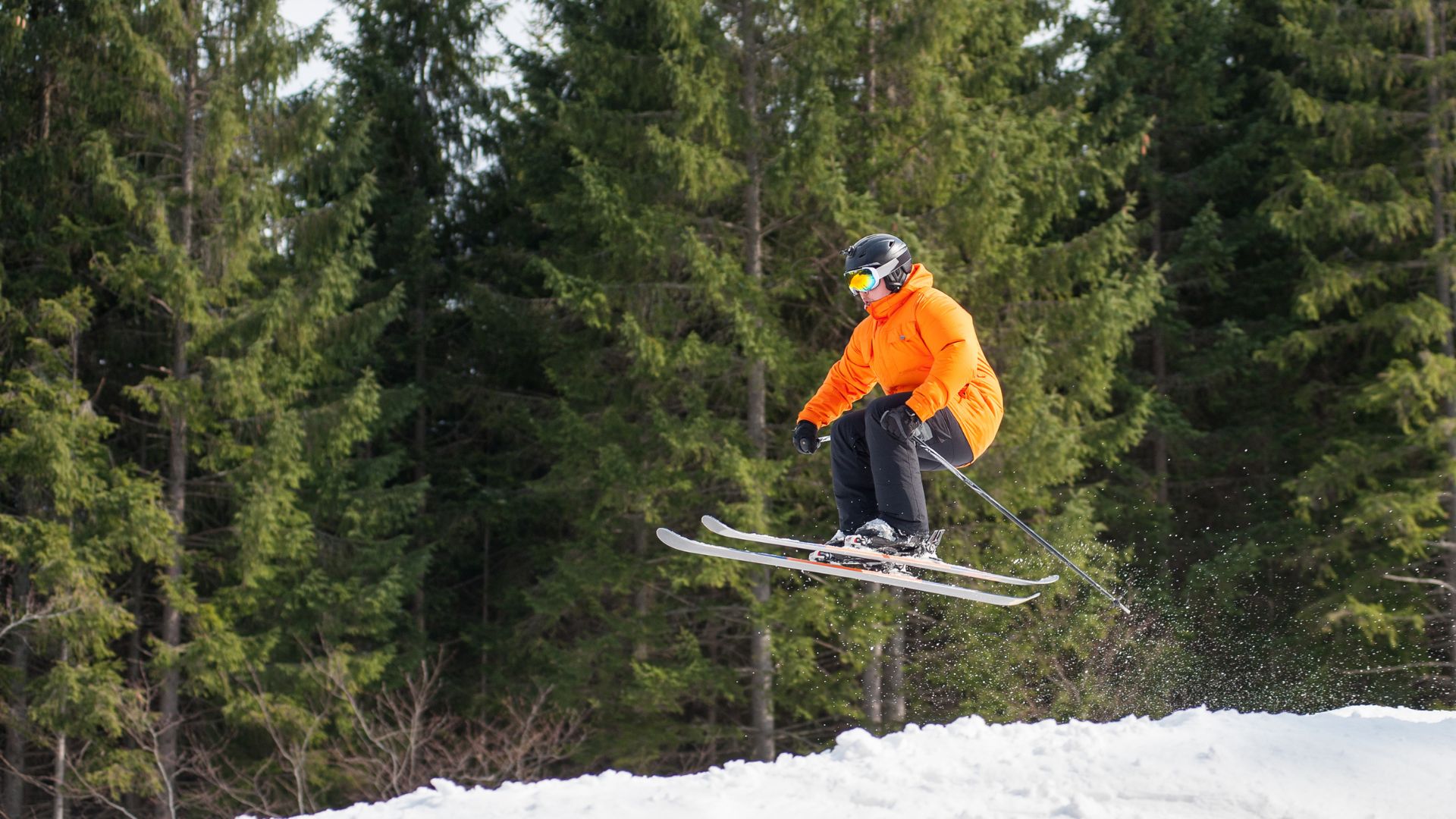
Where Can I Learn to Ski Jump: Lessons, Schools, and Tips
If you’ve ever watched athletes soar gracefully off a ski jump and wondered, where can...
read More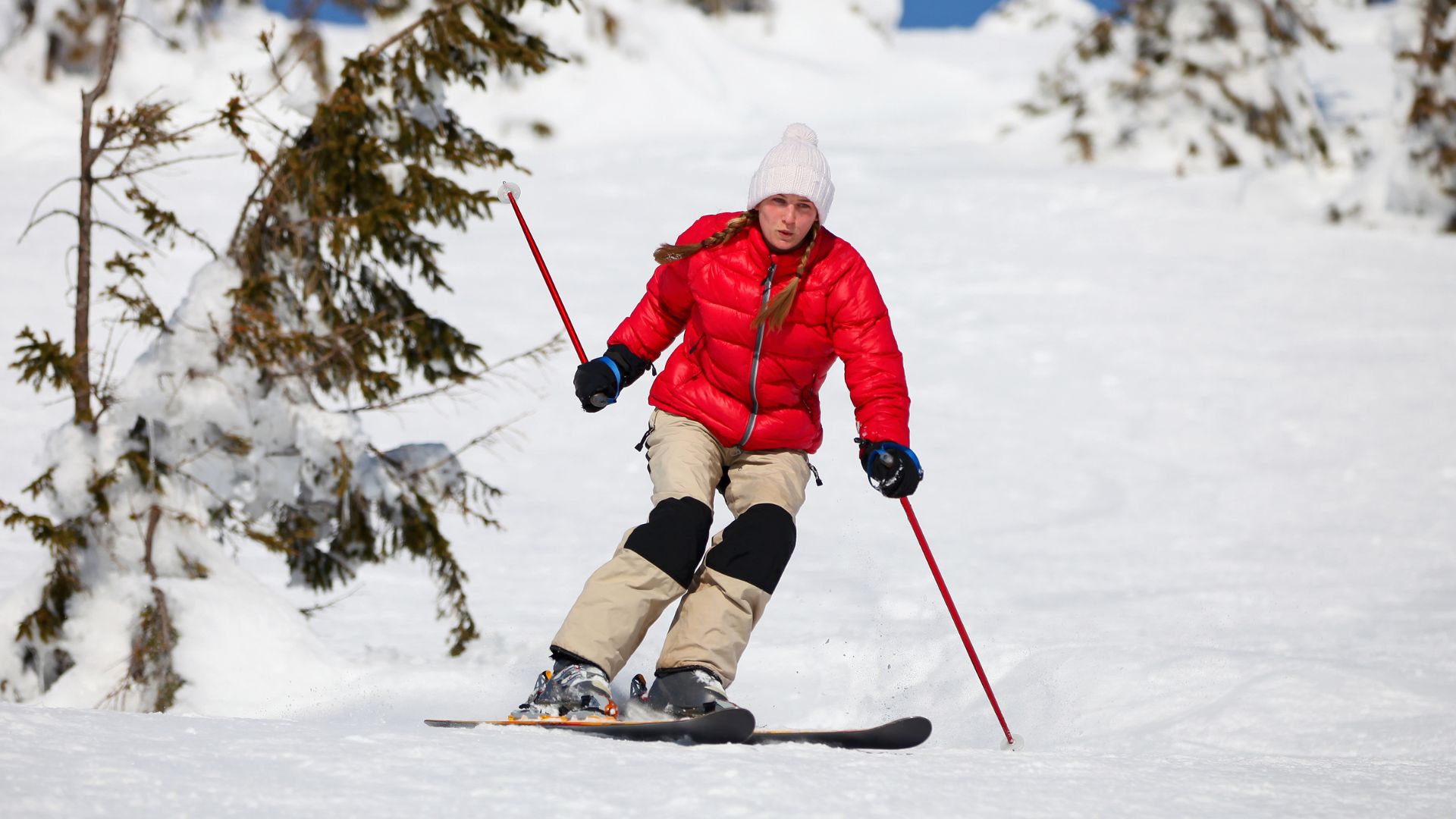
Skiing Safety Tips for Beginners: A Complete Guide to Staying Safe on the Slopes
If you’re new to skiing, the excitement of hitting the slopes can quickly turn overwhelming...
read More